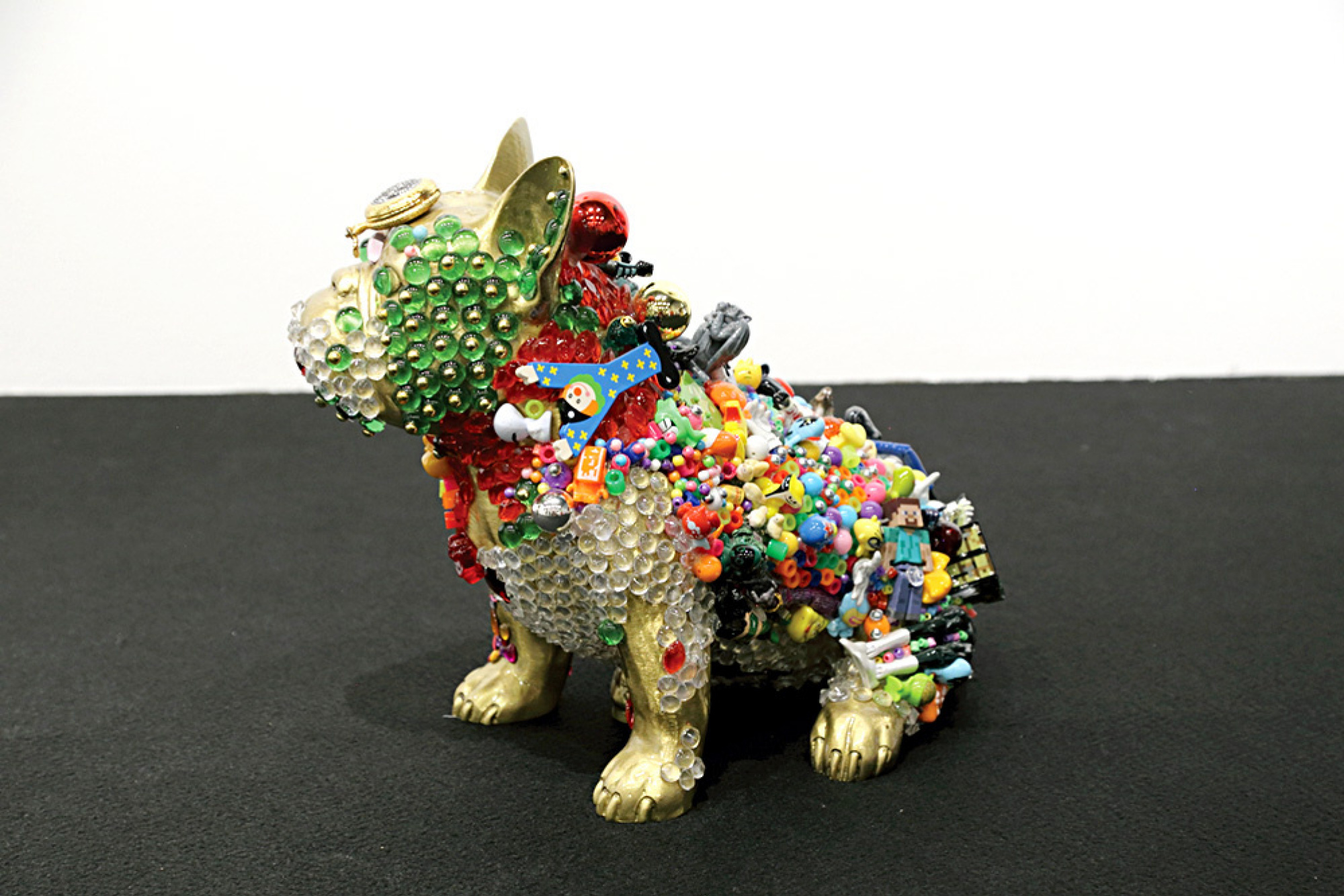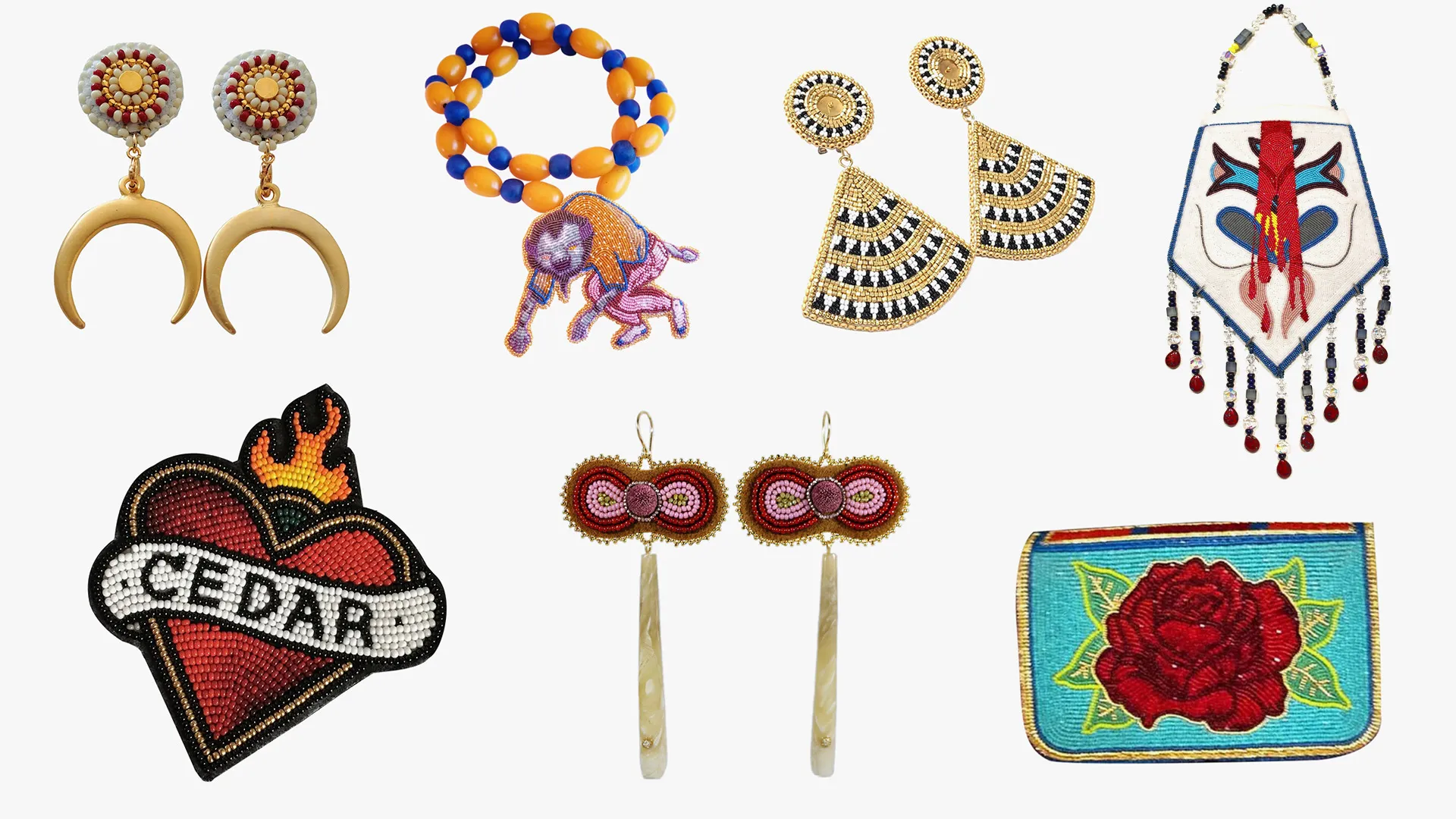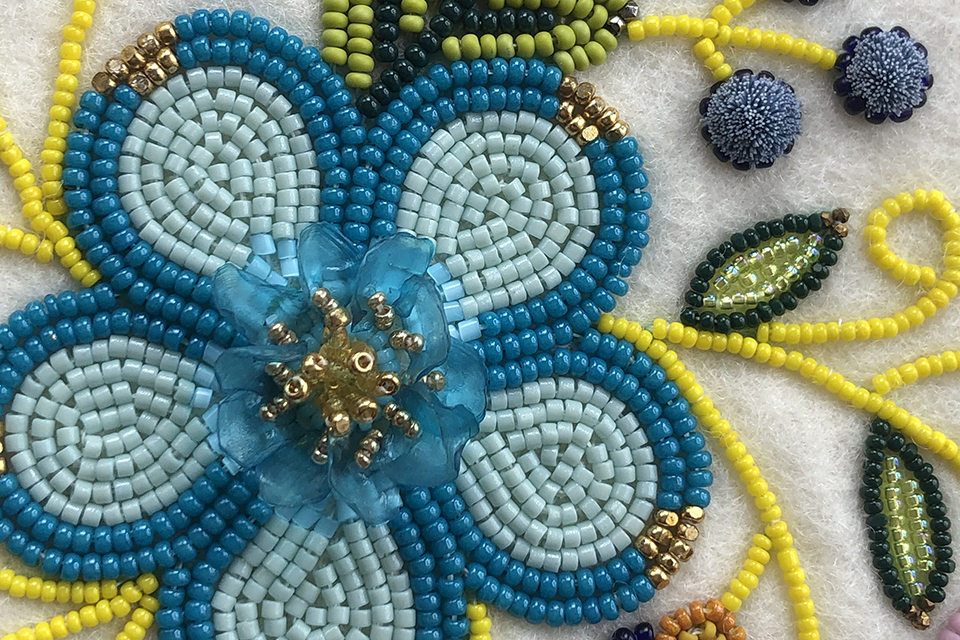History of Bead Art
Bead art has a rich and fascinating history that spans crosswise cultures and centuries. From ancient civilizations to modern-day artistic expressions, beads have played a significant purpose in human adornment, cultural traditions, and creator creations. In this article, we will embark on a travel through time to explore the captivating history of bead art and discover the cultural significance and artistic phylogenesis of this timeless craft.
The Origins of Bead Art
Beads have been used for thousands of years, with evidence geological dating back to prehistoric times. Early beads were made from materials like shells, stones, animal bones, and seeds. They were a great deal strung together to create jewelry and accessories, service of process as symbols of status, spirituality, and cultural identity. Discover the ancient civilizations that embraced bead art, such as antediluvian Egypt, Mesopotamia, and the Indus Valley.
Bead Art in orthodox Cultures
Throughout history, beads have held immense cultural and sign value in various traditional cultures. From Native American beadwork to African tribal adornments, beads were using to portray stories, rituals, and social hierarchy. Explore the intricate astragal techniques, patterns, and materials used by different cultures, such as bead embroidery, loom weaving, and intricate bead stringing.
Beads as Trade and Exchange
Earlier, beads played a material role in trade and exchange networks, connecting distant cultures and regions. They were highly prized commodities and were used as currency, barter items, and diplomatic gifts. Discover the significance of trade beads, such as Venetian glass trade beads and African trade beads, in the world-wide exchange of goods and cultural interactions.
The Renaissance of bead Art
During the Renaissance period, bead art fully fledged a revival as artists and craftsmen began incorporating string of beads into their creations. Intricate bead embroidery adorned garments, tapestries, and religious artifacts, showcasing the artistic prowess of the era. Delve into the opulent beadwork of the Renascence and explore the techniques and designs that emerged during this time.
Bead Art in Modern Times
In the modern era, bead art has evolved into a vibrant and diverse fine art form, encompassing a wide range of styles and techniques. Artists and designers around the worldly concern have embraced beads as a medium for creative expression. From contemporary bead weaving and sculptural bead art to mixed media and conceptual pieces, the possibilities are endless.
Bead Art as a take shape of Self-Expression
Bead art has transcended its role as mere adornment and has become a medium for individual expression and storytelling. While artists incorporate personal narratives, taste references, and social commentary into their beadwork, creating thought-provoking and emotionally charged pieces. Explore how bead artists today tug the boundaries of orthodox techniques and challenge the perception of what bead art put up be.
The story of bead art is a testament to the long-suffering man fascination with beauty, craftsmanship, and appreciation symbolism. From ancient times to the present day, string of beads have captured our imagination and served as vehicles for artistic expression. By exploring the rich people history of bead art, we make a deeper appreciation for this timeless craft and the cultural heritage it represents. Let us continue to observe and embrace the artistry of beads, keeping this ancient custom alive and evolving for generations to come.

Types of Bead Arts
- Bead Weaving: Bead weaving involves using a needle and thread to weave soul string of beads jointly into intricate patterns and designs. Techniques like peyote stitch, right-angle weave, and herringbone stitch are usually used in bead weaving.
- Bead Stringing: Bead stringing involves creating jewelry or decorative pieces by stringing string of beads onto a thread, wire, or cord. This proficiency is popular for making necklaces, bracelets, and earrings, and allows for endless plan possibilities.
- Bead Looming: Loom beadwork utilizes a beading loom to thread beads together in a row-by-row fashion. This technique is commonly use to produce belts, bracelets, and flat tapestries with intricate patterns.
- Sculptural Bead Art: Sculptural pearl art involves using beads to make three-dimensional objects and sculptures. Artists rig and shape beads, a great deal combining different techniques to bring their visions to life.
- Mixed Media bead Art: Mixed media bead art incorporates beads into a broader range of materials and techniques. Artists unite string of beads with other mediums much as metal, fabric, clay, or found objects to produce unusual and often experimental pieces.
- Wirework with Beads: Wirework with string of beads involves incorporating string of beads into electrify jewelry-making techniques. Artists manipulate electrify to create intricate designs, incorporating beads as decorative elements or structural components.
These are just a hardly a examples of pearl art types, and many artists unite different techniques or prepare their own unique approaches. Surely, bead fine art is a versatile and evolving craft that allows for endless creative thinking and artistic exploration
Practicality of Bead Art
Bead art has long been associated with jewelry-making, but its inventive potentiality extends far on the far side traditional accessories. Artists and crafters round the earthly concern are push the boundaries of bead art, exploring innovative techniques and applications. In this article, we tempt you to break the exciting possibilities of bead art beyond jewelry, as it transforms into a enchanting form of artistic expression.
Bead Sculptures
Beads have taken on a new dimension as artists utilize them to create surprising sculptures. By meticulously arranging beads of various shapes, sizes, and colors, artists bring their visions to life in three-dimensional form. From small figurines to vauntingly installations, bead sculptures captivate viewers with their intricate details and vibrant colors.
Wall Hangings and Tapestries
Beads offer a unique and compelling sensitive for creating intricate wall hangings and tapestries. Artists unite bead weaving techniques with other textile methods to craft stunning pieces of art. These bead-embellished textiles display a rich interplay of colors, textures, and patterns, transforming walls into ocular spectacles.
Home Decor and Accessories
Beads can add a touch of elegance and whimsey to various home decor items. From lampshades and curtains to throw pillows and put over runners, bead art can lift up quotidian objects into workings of art. Artists integrate beads into embroidery, macrame, and other textile techniques to create dazzling pieces that steep any quad with personality and artistry.
Mixed Media Art
Beads seamlessly incorporate into mixed media art, sanctioning artists to experiment and unite various materials and techniques. Beads can incorporate into paintings, collages, and assemblages, adding texture, dimension, and a striking visual element. Meanwhile integrated media artists are constantly exploring new slipway to incorporate beads, blurring the lines ‘tween orthodox art forms and beadwork.
Wearable Art
While bead art has traditionally been joint with jewelry, artists are redefining wearable art by push the boundaries of astragal in fashion. From intricately covered clothing and accessories to bold statement pieces, bead art has turn a medium for wearable creator expression. Certainly, artists experiment with unconventional materials, designs, and techniques, transforming forge into an art form.Common ones are various jewelry, such as earrings, necklaces, bracelets, bags, etc.

Installation Art
Beads lend themselves beautifully to large-scale installations that bewitch and engage viewers. Whether it’s an immersive bead-filled room, a cascading bead curtain, or an outdoor sculpt adorned with beads, installation artists harness the versatility of beads to produce immersive and awe-inspiring experiences.
Bead art has evolved beyond its traditional use in jewelry-making, expanding into a realm of limitless creativity and artistic expression. Artists have embraced beads as a sensitive to create sculptures, textiles, home decor, mixed media art, clothing art, and installation pieces. By pushing the boundaries of bead art, these artists challenge the notion of what beadwork can be and inspire us to research recently possibilities in our own creative journeys. Let us keep and embrace the boundless potential of bead art as it continues to captivate and enchant both artists and art enthusiasts worldwide.
